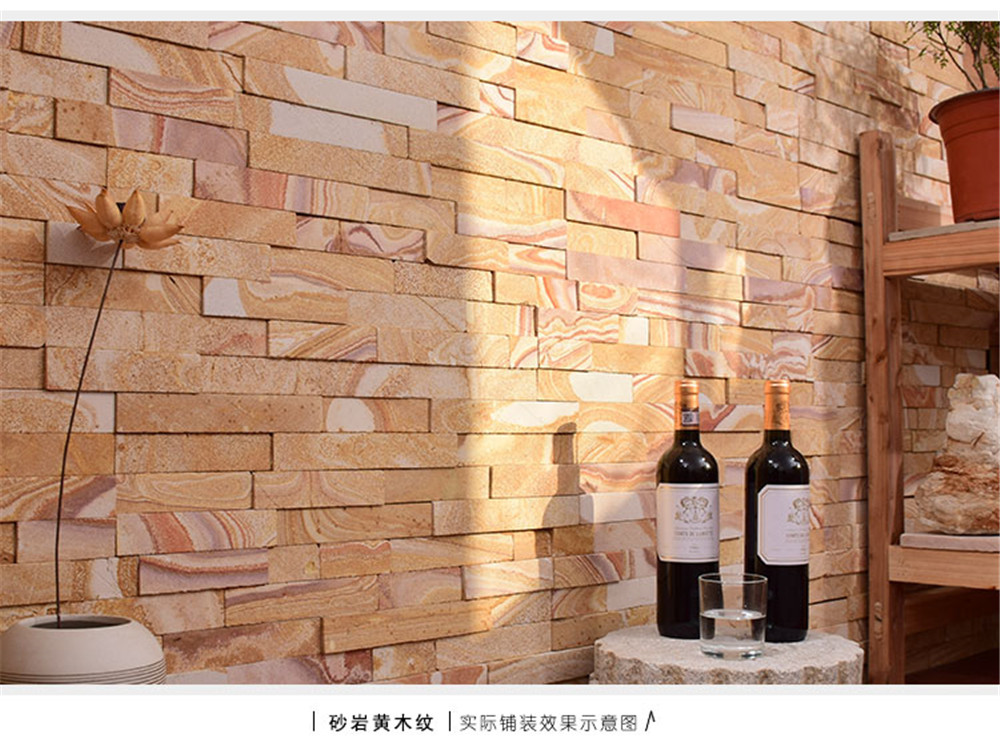Introduction
Cultured fieldstone is a popular choice for homeowners, builders, and designers looking to add a touch of natural beauty to their projects. This versatile building material offers the classic look of natural fieldstone while providing the benefits of modern manufacturing techniques. In this comprehensive guide, we will explore the origins of cultured fieldstone, its characteristics, uses, advantages, and maintenance tips.

Origins of Cultured Fieldstone
Cultured fieldstone is a type of manufactured stone that replicates the appearance of natural fieldstone. Natural fieldstone is irregularly shaped stones that are commonly found in fields and along hillsides. These stones are typically used in traditional construction methods, adding a rustic and timeless appeal to buildings.
The process of creating cultured fieldstone involves casting molds from natural fieldstone pieces and using a combination of cement, aggregates, and coloring agents to replicate the look and texture of natural stone. This manufacturing process allows for greater consistency in color, shape, and size, making cultured fieldstone easier to work with than natural fieldstone.
Characteristics of Cultured Fieldstone
Cultured fieldstone offers a wide range of colors, shapes, and sizes to suit various design preferences. From earthy browns and grays to warm reds and golds, cultured fieldstone can mimic the natural hues of authentic fieldstone. Additionally, manufacturers can create custom colors to match specific design requirements.
In terms of texture, cultured fieldstone can replicate the rough, irregular surface of natural fieldstone, giving it an authentic appearance. The stones may vary in size and shape, adding to the overall natural look and feel of the material. Cultured fieldstone is lightweight compared to natural stone, making it easier to handle and install.
Uses of Cultured Fieldstone
Cultured fieldstone is a versatile building material that can be used in a wide range of applications. Some common uses of cultured fieldstone include:
1. Exterior Walls: Cultured fieldstone can be used to create stunning exterior walls that mimic the look of traditional fieldstone buildings. Whether used as a primary cladding material or as an accent, cultured fieldstone adds character and charm to any home or building.
2. Fireplaces: Cultured fieldstone is a popular choice for fireplace surrounds and mantels. Its rustic appearance creates a cozy and inviting atmosphere, perfect for gathering around a warm fire on cold winter nights.
3. Accent Walls: Cultured fieldstone can be used to create eye-catching accent walls in both interior and exterior spaces. Whether in a living room, kitchen, or outdoor patio, cultured fieldstone adds a touch of natural beauty and texture to any room.
4. Outdoor Living Spaces: Cultured fieldstone is ideal for creating outdoor living spaces such as patios, walkways, and retaining walls. Its durability and weather resistance make it a practical choice for enhancing outdoor areas.
Stepstone paver colors for personalized aesthetics of Cultured Fieldstone
There are several advantages to using cultured fieldstone in construction and design projects:
1. Cost-Effective: Cultured fieldstone is typically more affordable than natural fieldstone, making it a cost-effective alternative for achieving the look of authentic stone without breaking the bank.
2. Lightweight: Cultured fieldstone is lightweight and easy to handle, reducing the labor and transportation costs associated with heavier natural stone materials.
3. Consistent Quality: Cultured fieldstone is manufactured in controlled environments, ensuring consistent quality in terms of color, shape, and size. This consistency makes it easier to plan and execute construction projects.
4. Easy Installation: Cultured fieldstone is designed for easy installation, with interlocking panels or individual stones that can be quickly and securely affixed to surfaces.
5. Low Maintenance: Cultured fieldstone requires minimal maintenance compared to natural stone. Regular cleaning with a mild detergent and water is usually sufficient to keep cultured fieldstone looking its best.
Maintenance Tips for Cultured Fieldstone
To keep your cultured fieldstone looking beautiful and well-maintained, follow these maintenance tips:
1. Regular Cleaning: Clean cultured fieldstone surfaces with a mild detergent and water to remove dirt, dust, and debris. Avoid using harsh chemicals or abrasive cleaners that can damage the stone.
2. Sealing: Consider applying a sealant to cultured fieldstone surfaces to enhance their durability and resistance to stains and moisture. Consult with the manufacturer or a professional installer for the appropriate sealant for your specific type of cultured fieldstone.
3. Inspection: Periodically inspect your cultured fieldstone for any signs of wear, damage, or discoloration. Address any issues promptly to prevent further deterioration.
4. Avoid Harsh Conditions: Cultured fieldstone is durable, but it is best to avoid exposing it to extreme weather conditions, such as prolonged sunlight, heavy rainfall, or freezing temperatures. Protect your cultured fieldstone by providing adequate shelter or using protective coatings.
Conclusion
Cultured fieldstone offers the timeless beauty of natural stone with the benefits of modern manufacturing techniques. Its versatility, durability, and ease of installation make it a popular choice for a wide range of construction and design projects. By understanding the characteristics, uses, advantages, and maintenance tips of cultured fieldstone, you can confidently incorporate this versatile building material into your next project, adding a touch of natural elegance and charm to any space.
